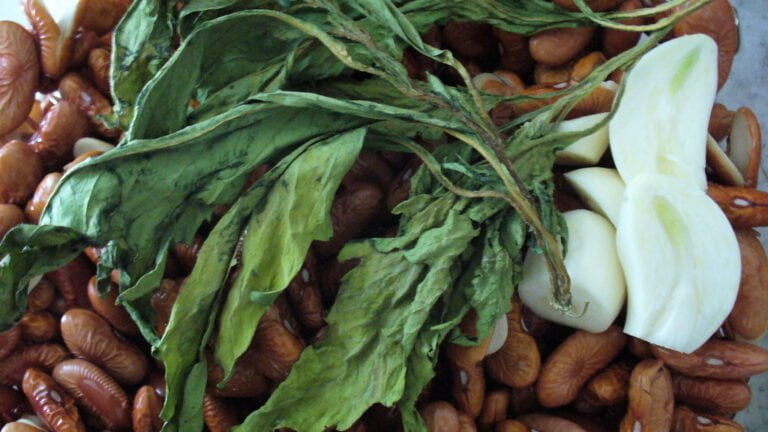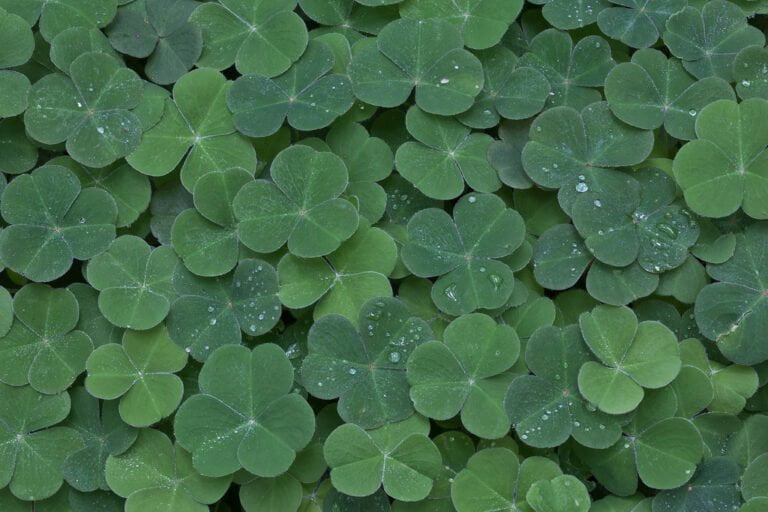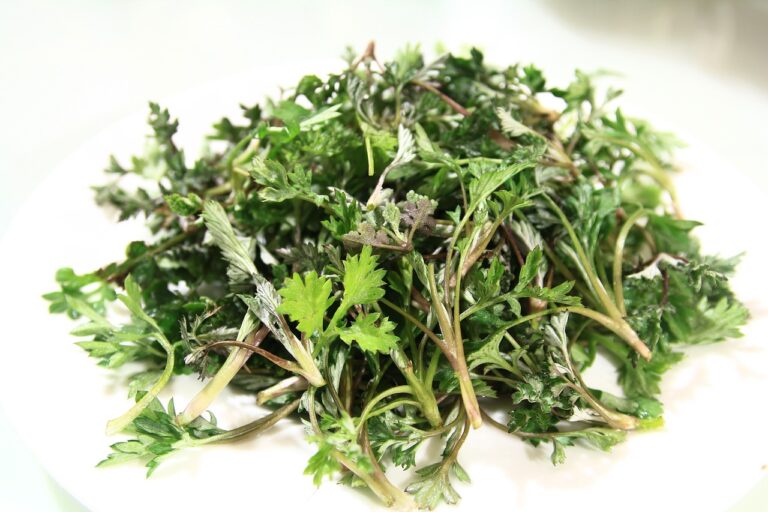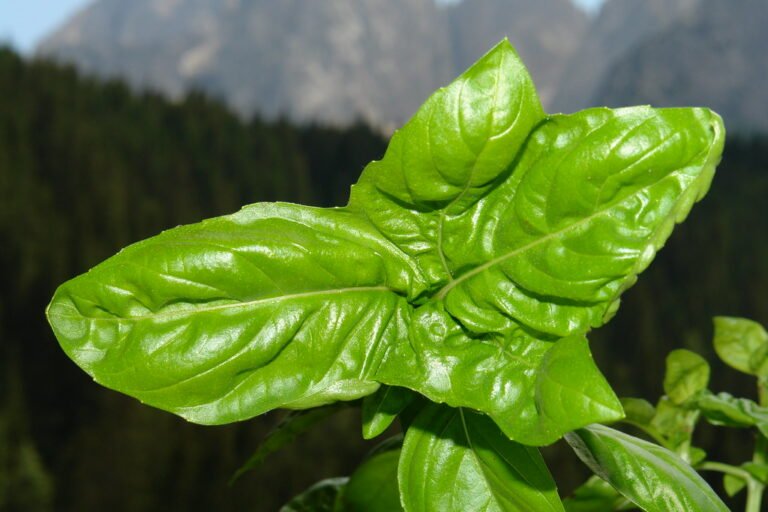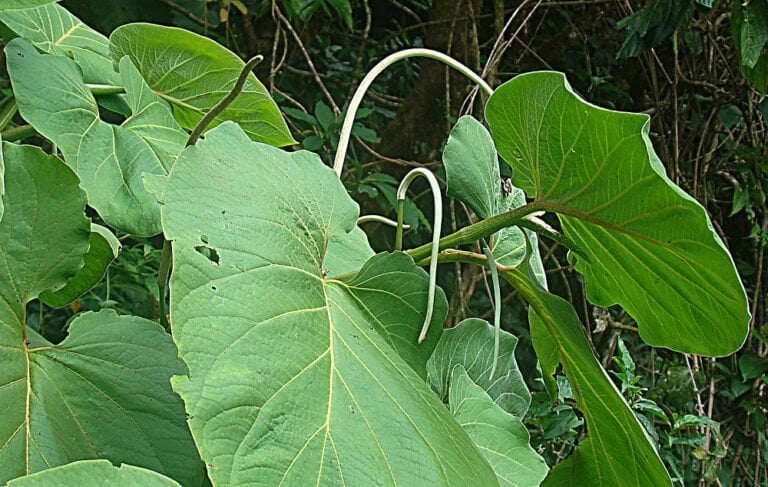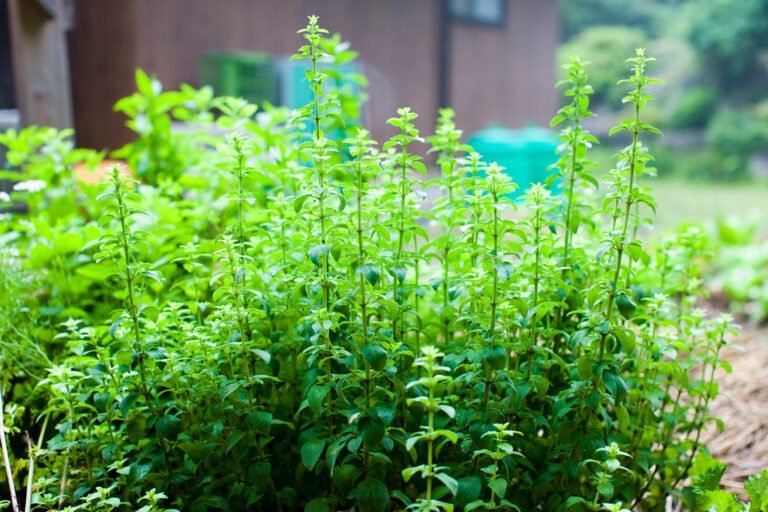Cress
I admire cress for its nutrients, simple growth, and versatility. Flourishes in different environments, from garden beds to containers. Outdoors, take care of soil pH, sunlight, and prune regularly for new growth. Planting cress seeds indoors guarantees strong seedlings for later. Diverse cress varieties offer unique flavors and colors. Partner plants like onions and mint boost cress growth and flavor. Harvest 2-3 weeks after sprouting, store in a cool, dry place. Watercress adds a spicy kick to dishes, while rock cress provides a gentle flavor. Discover more about cress varieties, planting tips, and culinary uses to enhance your gardening experience.
Benefits of Growing Cress
Growing cress offers a variety of benefits, from its nutrient-rich profile to its ease of cultivation in diverse settings like hydroponic systems. As a gardening enthusiast, I find immense joy in growing cress both indoors and outdoors. One of the most rewarding aspects of cultivating cress is its versatility. Not only does it thrive in traditional garden beds, but it also flourishes in containers, making it a perfect addition to any indoor garden setup. This flexibility allows me to enjoy fresh cress year-round, enhancing the flavor and nutritional value of my salads.
Speaking of salads, cress is a fantastic addition to any green mix. Its peppery taste adds a unique spark that enhances the overall flavor profile of the dish. I love tossing freshly harvested cress into my salads, knowing that I am not only enriching the taste but also boosting the vitamin content of my meal. The vibrant green leaves of cress bring a pop of color to the plate, making the salad visually appealing as well.
In addition to its culinary benefits, growing cress is a practical choice for those looking to incorporate more nutrient-dense foods into their diet. Packed with essential vitamins like A, C, and K, cress is a powerhouse of nutrients that can promote overall health and well-being. By cultivating cress in my garden, I can make sure that I always have access to this superfood right at my fingertips.
Growing Cress Outdoors
I adore cultivating cress outdoors because it’s a gratifying experience that allows me to connect with nature and enjoy fresh, flavorful greens. To guarantee proper care, I make sure to plant the seeds at the right time, maintain the ideal soil pH, and give them plenty of sunlight. By following these steps and thinning the seedlings as needed, I can look forward to a bountiful harvest of cress that adds a zesty kick to my salads and sandwiches in just a few weeks.
Proper Outdoor Cress Care
Thriving in bright, sunny outdoor spaces, cress is a fast-growing herb that delights with its spicy, peppery flavor profile. When caring for cress outdoors, make sure it receives ample sunlight and consistent watering to promote healthy growth. Here are some key tips for proper outdoor cress care:
- Water Regularly: Cress enjoys consistently moist soil, so water regularly to keep the soil damp but not waterlogged.
- Trim Frequently: Trim the cress leaves often to encourage new growth and prevent the plant from becoming leggy.
- Protect from Pests: Watch out for pests like aphids and caterpillars, and take appropriate measures to safeguard your cress.
- Harvest Often: Regularly harvest cress leaves for use in salads, soups, and sandwiches to enjoy their fresh, peppery taste.
Ideal Growing Conditions
In bright, sunny locations with well-draining soil, cress thrives, showcasing its rapid growth and versatility as a herb ideal for container gardening and small spaces. Cress is known for its ability to flourish in various conditions, making it a widely used herb in culinary practices. To guarantee ideal growth, maintain a soil pH between 6.0 to 6.8, providing the necessary nutrients for the plant. For successful outdoor cultivation, directly sow cress seeds one to two weeks before the last frost, or start them indoors and transplant after the frost danger has passed. By following these perfect growing conditions, cress can be cultivated effortlessly, allowing for a bountiful harvest of this flavorful and nutritious herb.
Starting Cress Seeds Indoors
When starting cress seeds indoors, guaranteeing the right conditions for sprouting is crucial to a successful and plentiful harvest. To kickstart the indoor cultivation process, I suggest following these practical steps:
- Initiate the indoor planting of cress seeds about 2-4 weeks before the final frost date to get an early jump on the growing season.
- Choose seed trays or small pots filled with a damp seed starting mix, providing a suitable environment for cress seed sprouting.
- Maintain consistent moisture levels and warmth between 60-70°F to support the best sprouting of cress seeds.
- Ensure sufficient light exposure for your indoor cress seedlings; consider using a grow light if natural light is inadequate.
Taking these steps seriously can make a significant difference in the success of your indoor cress growing endeavor. By paying attention to the details of seed starting, you set the stage for healthy seedlings that will eventually thrive outdoors. Remember, the goal is to establish robust seedlings indoors that can be smoothly shifted to an outdoor environment once the frost risk has passed.
Types of Cress Varieties
To explore the diverse world of cress varieties, one must delve themselves in the unique characteristics and flavors each type offers to culinary enthusiasts and gardeners alike. Garden cress, with its origins in western Asia, is renowned for its peppery kick, making it a versatile addition to salads and sandwiches. Watercress, a beloved edible cress, boasts tangy leaves packed with essential vitamins and minerals, perfect for adding a zing to dishes. In the kitchen garden, nasturtium, also known as Indian cress, not only adds a pop of color but also a flavorful punch to salads. Its dual purpose as an edible and ornamental plant makes it a favorite among gardeners.
Upland cress, hailing from Europe, is less commonly cultivated but is worth the effort for its similar peppery taste to watercress. Its unique flavor profile can enhance a simple salad to a gourmet experience. Bitter cress, often found in bog gardens, surprises with its bright yellow flowers and culinary versatility. This variety is not only visually appealing but also adds depth to dishes with its subtle bitterness. Whether you are a seasoned gardener or a novice in the kitchen, exploring the world of cress varieties can open up a universe of possibilities for your culinary creations.
Companion Plants for Cress
I absolutely love how companion plants like bunching onions, chives, peppermint, and spearmint can heighten the flavors of dishes featuring cress. Pairing these plants in your garden not only enriches taste but also creates a thriving ecosystem that benefits all plants involved. By strategically planting these companions alongside cress, you can foster a symbiotic relationship that promotes growth and deters pests naturally.
Ideal Companion Plants
Bunching onions, chives, peppermint, and spearmint stand out as excellent companion plants that greatly boost the growth and flavor of cress when grown together. These companions not only foster healthy cress growth but also add a delightful twist to your culinary creations, especially sandwiches and salads. By planting cress alongside these aromatic herbs, you create a harmonious environment that benefits both the plants and your kitchen creations. The combination of cress with these companions introduces a spectrum of flavors and textures to your dishes, allowing you to experience the versatility of cress as baby greens and in various recipes. Enhance your gardening and cooking experience by incorporating these ideal companion plants into your kitchen garden.
Growing Conditions Synergy
Boost the energy and taste of your cress crop by strategically choosing companion plants that thrive in similar growing conditions. Bunching onions, chives, peppermint, and spearmint are excellent choices as they not only prosper alongside cress but also enrich its growth and flavor. These annual plants are suitable for hydroponic systems, providing a convenient and efficient way to cultivate a variety of fresh herbs. Imagine the delightful aromas and flavors that will fill your kitchen as you harvest cress alongside these companions. Whether you enjoy cress in sandwiches, salads, or soups, incorporating these companion plants will expand your culinary experiences. Create a harmonious garden environment by planting cress alongside these thriving companions and uplift your dishes with homegrown freshness.
Harvesting and Storing Cress
When it comes to harvesting and storing cress, the essential step is to start the process 2-3 weeks after emergence to ensure a continuous and fresh supply for culinary use. In relation to garden cress, this herb is recognized for its rapid growth, making it an excellent choice for home cultivation. Here are some practical tips for harvesting and storing cress:
- Begin harvesting garden cress 2-3 weeks after emergence, focusing on removing older leaves to promote continuous growth.
- Leave the young leaves intact for ongoing harvest, ensuring a fresh supply for your culinary delights.
- A 10-15 foot row of garden cress is typically sufficient to meet a family’s consumption needs, providing a convenient and sustainable source of this flavorful herb.
- Store your harvested cress in a cool, dry place to maintain its freshness and flavor for an extended period.
Culinary Uses of Cress
Exploring the vibrant world of culinary possibilities, cress lends its tangy flavor to a variety of dishes, from soups and sandwiches to salads. Watercress, also known as Nasturtium, is a popular choice for adding a peppery kick to meals. Its tender leaves and stems make a delightful addition to salads, providing a invigorating contrast to other greens. Watercress can also be blended into soups for a burst of vitality or used as a garnish to heighten the presentation of a dish.
When it comes to sandwiches, cress is a versatile ingredient. In the UK, it is often paired with boiled eggs and mayonnaise, creating a classic combination that is both creamy and zesty. The crunchy texture of cress adds a satisfying element to the sandwich, making each bite a delightful experience.
Rock cress, a close relative of watercress, offers a milder flavor profile that works well in various culinary applications. Its delicate leaves can be used to garnish dishes or incorporated into sandwiches for a subtle hint of peppery goodness. Whether you’re looking to enrich the flavor of your salads, soups, or sandwiches, cress – in its different varieties – is a versatile and nutrient-rich ingredient that can enhance your culinary creations.

